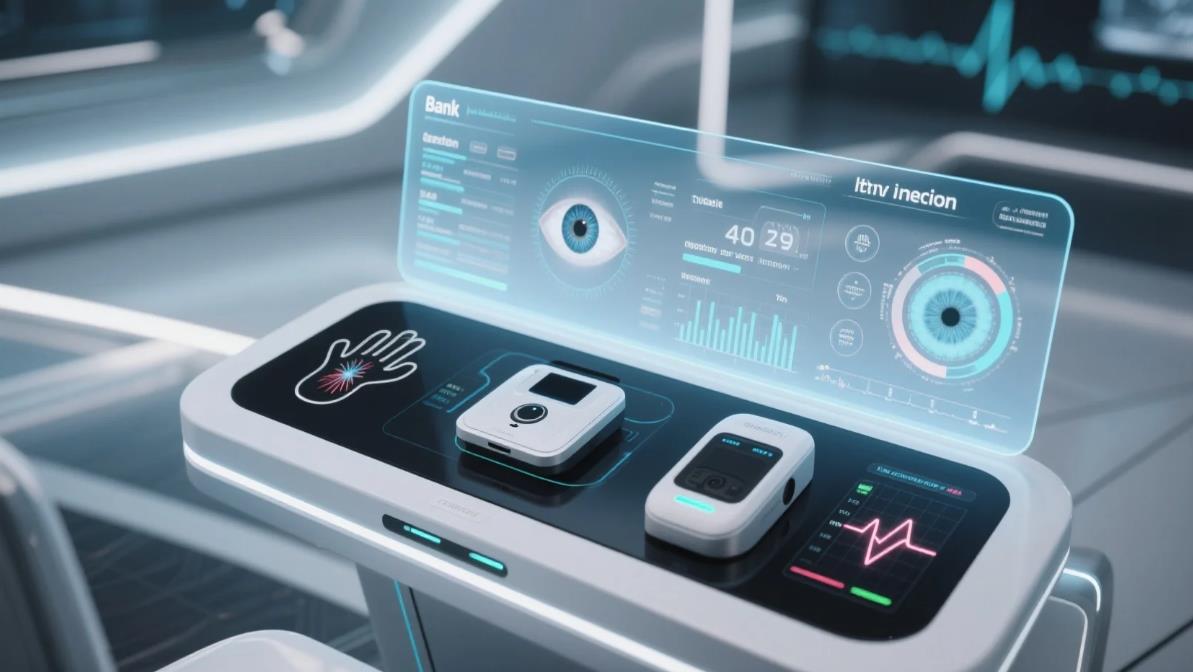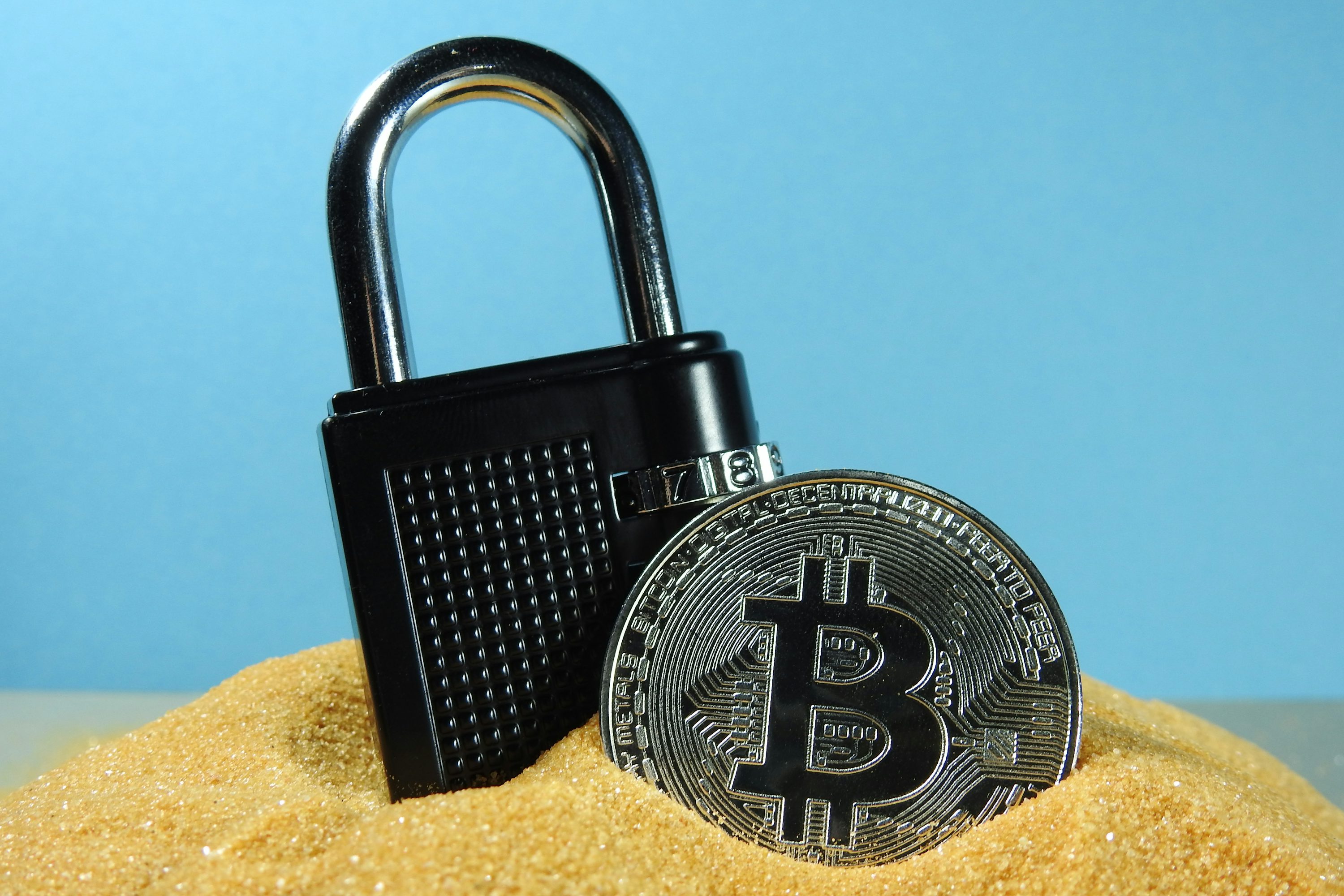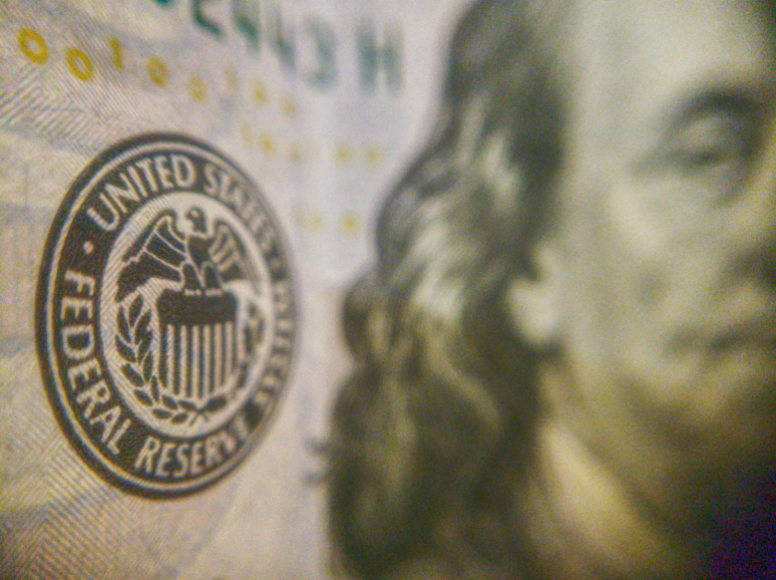A silent revolution is transforming financial services as institutions replace traditional authentication methods with continuous biometric verification systems. This emerging paradigm of "biological banking" uses a person's unique physiological and behavioral patterns—from heartbeat variability to typing cadence—to create an unbreakable financial identity that evolves in real-time. Early adopters are reporting 99.9% fraud prevention rates while reducing authentication friction by 80%, with the global biometric finance market projected to grow from 4.3 billion to 36.8 billion by 2028 as these technologies move from security feature to core banking infrastructure.
The science behind this shift reveals why it represents more than incremental improvement. Modern systems analyze over 2,000 biological and behavioral parameters to create multi-dimensional identity signatures that are impossible to spoof. HSBC's "VitalSign Banking" platform authenticates users through their unique cardiac rhythm patterns detected via smartphone cameras, achieving 100x more accuracy than facial recognition alone. Even more secure are "neuro-signature" systems being piloted by Bank of America that verify identities by analyzing subconscious micro-movements during touchscreen interactions—patterns so subtle they can't be consciously replicated. These aren't just security upgrades but fundamental redefinitions of financial identity, where your biology becomes your banking credential.

Financial inclusion implications are particularly profound. In developing markets where traditional ID documents are scarce, biometric systems are enabling first-time access to banking for millions. India's Aadhaar-linked payment system has brought 300 million previously unbanked citizens into the formal financial system through iris authentication. In Africa, startups like PayKey are using palm-vein scanning to create portable financial identities for nomadic populations. The most innovative applications combine multiple biometrics—Banco Bradesco's "BioCredit" system in Brazil approves microloans in seconds by analyzing applicants' voice stress patterns alongside facial micro-expressions and smartphone handling behavior.
The technological architecture supporting this revolution is equally groundbreaking. Distributed biometric ledgers allow secure verification without storing raw biological data—instead using cryptographic hashes that can't be reverse-engineered. Advanced systems now incorporate liveness detection that analyzes subtle physiological responses to environmental stimuli (like changes in pupil dilation when lights fluctuate) to defeat even sophisticated deepfake attacks. Perhaps most impressively, next-generation platforms can detect identity drift—the natural changes in a person's biometrics over time—and automatically adjust verification thresholds while maintaining security.

Implementation challenges reveal fascinating tensions. The "creepiness factor" requires careful UX design—JPMorgan found customers accepted cardiac authentication when framed as "health-aware banking" but rejected similar systems marketed purely as security features. Regulatory compliance creates another layer of complexity, particularly under GDPR's strict biometric data protections. The most profound challenge may be philosophical: as financial identity becomes tied to our biology, what happens when our bodies change through injury, illness, or simply aging? Progressive institutions are addressing this through adaptive systems that learn with their users rather than demanding rigid biological conformity.
Commercial applications extend far beyond banking security. Insurers are piloting "biometric pricing" where premiums adjust based on real-time health indicators. Wealth managers use stress-level monitoring to recommend portfolio adjustments during volatile markets. The most disruptive applications emerge in payments—Mastercard's experimental "SelfiePay" system approves transactions when it detects the unique neurological patterns of a user's happy facial expression, creating what they call "biometric proof of satisfaction."

As the technology matures, we're seeing the emergence of "predictive authentication" systems that can identify users before they even attempt to log in based on behavioral patterns. Some progressive banks are experimenting with "emotional banking" interfaces that adjust their communication style based on a user's detected stress levels. The next frontier involves "collaborative biometrics" where multiple people can jointly authenticate transactions through combined biological signatures—enabling new models for family finances and business authorizations.
Regulatory bodies are evolving alongside the technology. The FCA has established new "biometric fairness" guidelines to prevent discrimination in biological authentication systems. In the U.S., the Consumer Financial Protection Bureau now requires "biological explainability"—clear disclosures about which traits are being measured and why. The EU's forthcoming AI Act includes special provisions for financial biometrics, mandating that systems must be designed to degrade gracefully rather than fail catastrophically when encountering unusual biological variations.
In this emerging paradigm, financial identity becomes less about what you remember or possess, and more about who you fundamentally are at a biological level. The institutions that master this transition won't just prevent fraud—they'll create financial experiences so seamless they feel like natural extensions of human behavior. As biometric systems grow more sophisticated, they may ultimately erase the line between financial services and human physiology, giving rise to a world where banking doesn't require authentication because it simply recognizes you—in every sense of the word.







